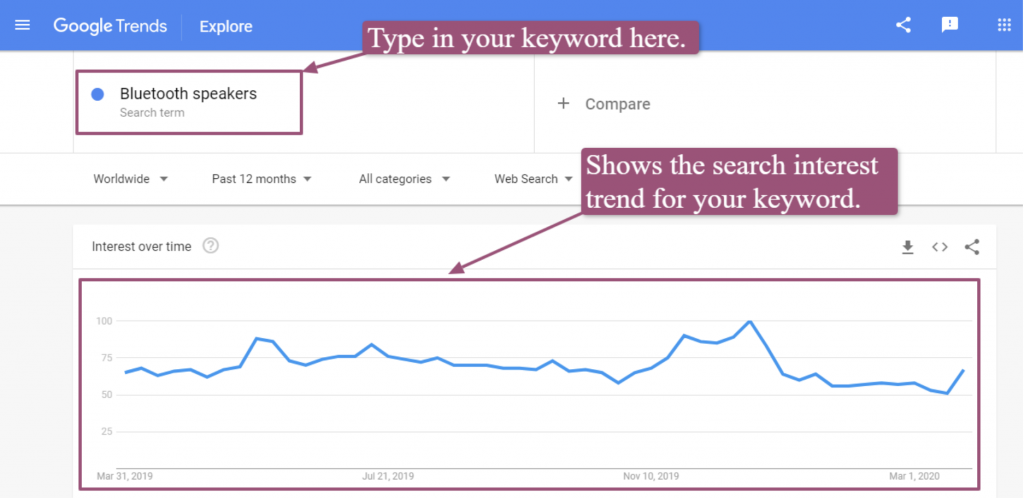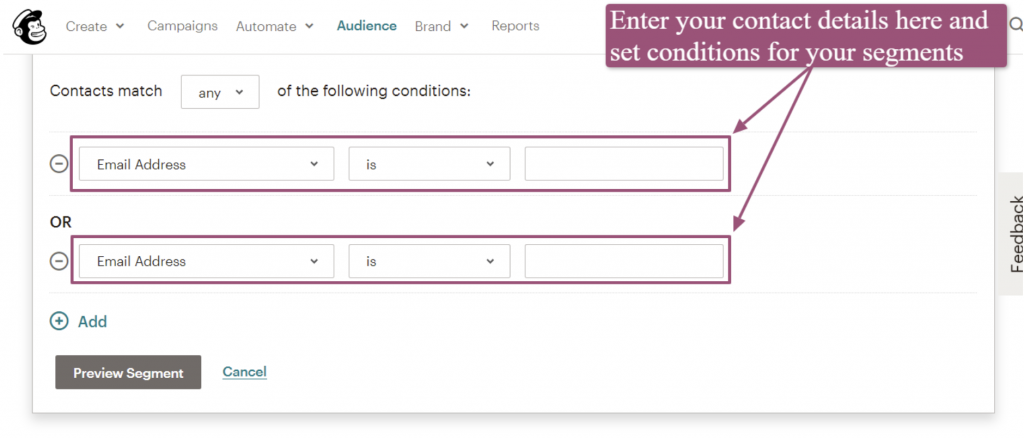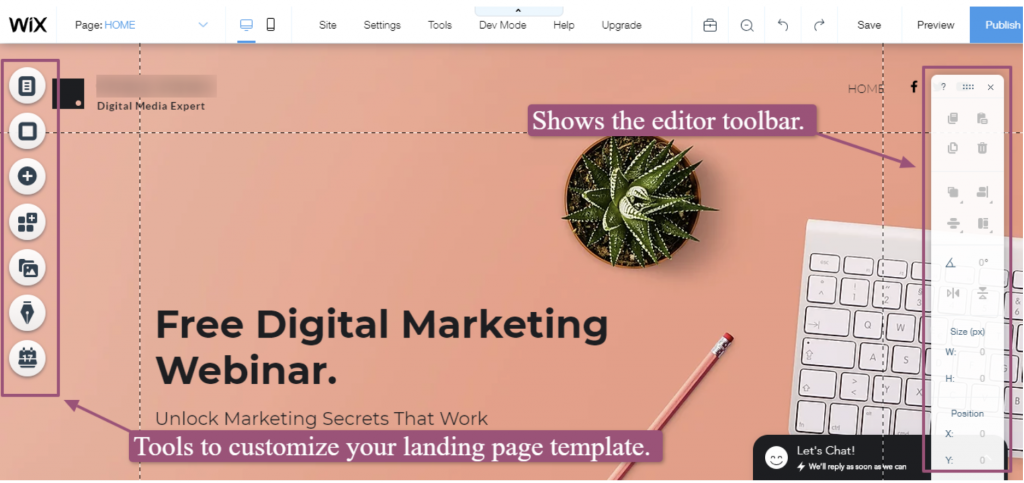Running a successful content marketing campaign that will get you l-o-a-d-s of traffic can get very challenging — especially if you don’t know what you’re doing.
After all, you can’t just post your content expecting people to like them, flock to your ecommerce website, and act on your conversion goals.
You’ll need to use the right approach, tools, and creative manoeuvres to engage your target audience effectively and convert them into customers.
There are many ways to generate traffic and raise your conversions, such as increasing your conversion rates with quality web design, but you can do so much more than that.
In this guide, we’ll take a look at four content marketing strategies to help you boost your ecommerce website traffic.
One of the first steps in creating engaging content and generating traffic is to understand your audience.
Who are your ideal buyers, and what are their needs? What are they looking for to answer their problems?
Addressing these questions will help you understand your audience and create the type of valuable content they can relate with.
An excellent approach to help you answer these questions is to use SEO basics for small business owners.
You can start by conducting keyword research to determine what your target market is looking for online.
Using tools like Google Trends, you can enter your keywords or terms in the search box, and you can see the popularity trend of your topic.

The tool will also show you other insights such as the keyword popularity based on location and related topics and queries according to search volume.
Learning what your target audience is searching online can give you a better idea of their pain points — equipping you to tailor your content to help provide solutions to their problems.
That being said, the more you know your readers, the better you can customise your content to their needs — which can make your content marketing strategy more effective in driving traffic to your website.
To help ensure that your content marketing efforts have focus, you’ll need to segment your audience based on their product needs.
After all, not all of your content consumers are buyers — or at least, not yet for audiences that are at different stages in the buying cycle.
Think of it this way.
Your content for bringing awareness to your new audience might not offer the same value to your repeat customers — which is why segmenting is essential.
With marketing automation platforms like MailChimp, you can use tools to create segments within your target audience.

You can set conditions to generate customised messages based on the behaviour of your audience, and easily import or export your contacts list to your other tools and platforms.
Segmenting your audience helps you tailor your message to resonate with them, nurture relationships, obtain their loyalty, and meet their specific needs to boost your traffic and conversions.
Plus, it helps you focus your content marketing campaigns, which, in turn, allows you to make the most out of your efforts and drive relevant traffic to your ecommerce website.
Additionally, segmenting can help you assess which keywords to optimise for to tailor your content to specific audiences and ensure your SEO copy is conversion-focused.
Creating landing pages is vital to help your website visitors find your content quickly and, ultimately, your call-to-action.
However, to increase your chances of converting your visitors to customers, you’ll need to optimise for targeted keywords in your content.
Otherwise, people could land on your website, not find relevant content, and abandon your site in seconds — which can raise your bounce rates.
One way of keeping this from happening is to use keywords that your target audiences are passionate about and build your content around them.
This way, you can create landing pages that appeal to your target audience and help compel them into acting on your conversion goals.
You can work with ecommerce online store builders that offer landing page creation features and templates like Wix.

You can choose a template from Wix’s library, use the editor toolbar to modify elements on your landing page, and customise the content accordingly.
How do you know which CTAs, headlines, and types of content work best in converting your audience into customers?
One way of finding out is by split testing (A/B tests).
When you conduct A/B tests, you can check on specific website elements that impact your site’s search performance, including your landing pages, visuals, CTA buttons, opt-in forms, and more.
Plus, doing so allows you to assess the kind of content that will get your website more traffic and better conversion rates.
For instance, you can split test your headlines to check how your audiences are responding to them based on the number of clicks.
However, the success of your headlines is more than just the clicks.
You’ll also need to look at other factors like the number of shares, comments, and more.
Remember that your headlines can set up the entire audience experience when they consume your content.
This makes split testing vital to ensure that you’re sending the right message, creating content that is valuable and relevant to your readers, and using the right content marketing strategies.
When you can achieve this, you’ll have better chances of attracting your target audience to your website and boost your conversions.
You can also conduct an SEO audit to help assess potential issues that hinder your website from generating traffic and, in turn, improve your strategies and, ultimately, your conversions.
With the right content marketing strategies, you can drive high-quality traffic to your ecommerce website and boost your conversion rates.
Although there isn’t a perfect formula for achieving content marketing success, using the right techniques and tools that work best for your business will guide you in the right direction.
Did you learn something new from this post? Please click on the share buttons if you agree. Cheers!